Home>Maintenance & Safety>Pest Control Solutions>What Are Yellow Jackets Good For
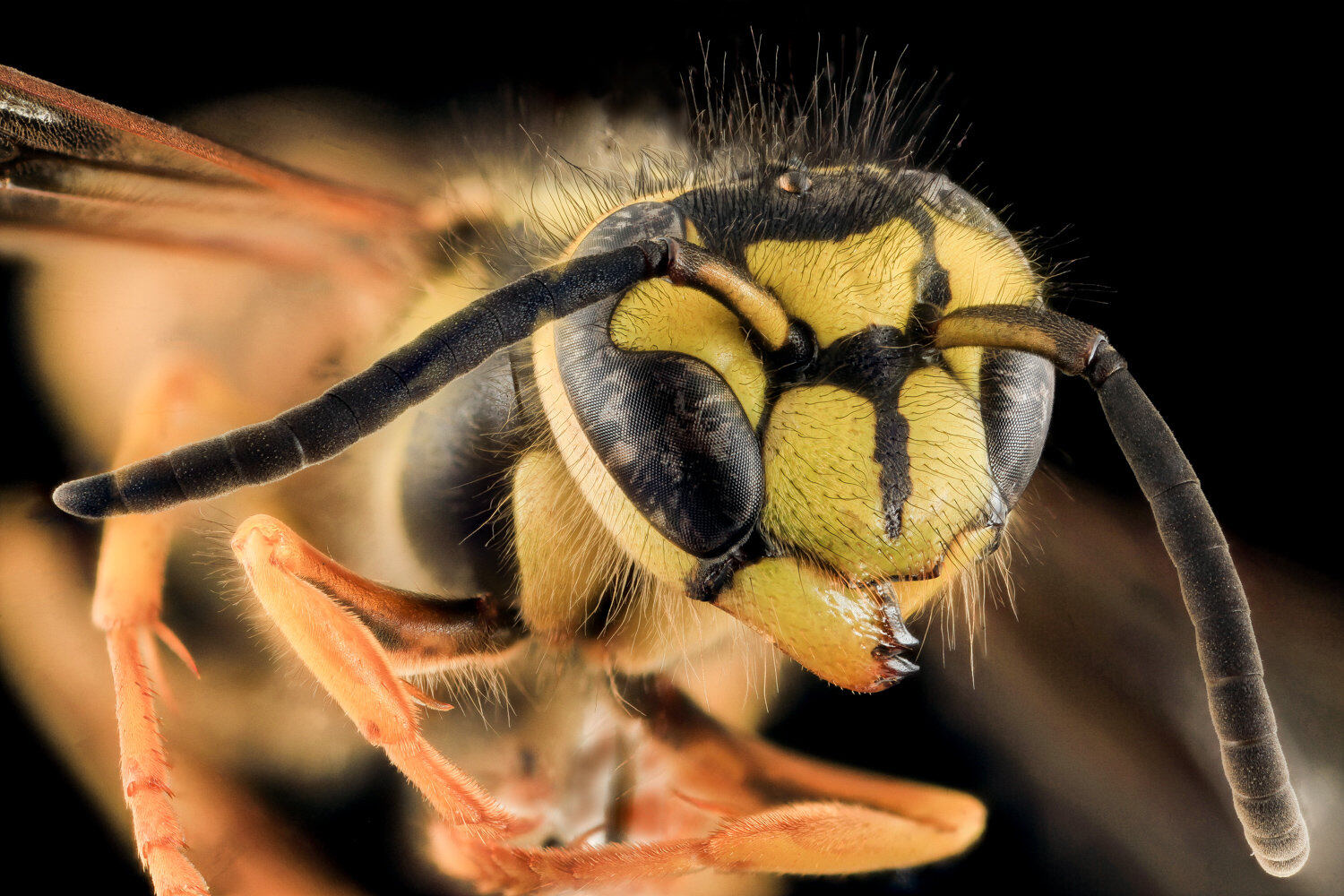

Pest Control Solutions
What Are Yellow Jackets Good For
Modified: October 20, 2024
Looking for pest control solutions? Discover what yellow jackets are good for and how to manage them effectively. Learn more about pest control strategies now.
(Many of the links in this article redirect to a specific reviewed product. Your purchase of these products through affiliate links helps to generate commission for Storables.com, at no extra cost. Learn more)
Introduction
Yellow jackets, often misunderstood and feared for their sting, are a fascinating and important part of the ecosystem. These striking insects, with their distinctive yellow and black markings, play a crucial role in maintaining the balance of nature. While they may seem like a nuisance to many, it's essential to understand the valuable contributions that yellow jackets make to the environment.
In this article, we will delve into the multifaceted role of yellow jackets in the ecosystem, shedding light on their significance beyond their often-maligned reputation. From pollination to pest control, these industrious insects have a far-reaching impact that extends beyond their conspicuous presence at picnics and outdoor gatherings. Let's explore the vital roles that yellow jackets play in the natural world and gain a deeper appreciation for these remarkable creatures.
Key Takeaways:
- Yellow jackets help plants make babies by moving pollen around as they look for food. They also eat bad bugs that can hurt crops, helping farmers without using chemicals.
- Yellow jackets are like nature’s pest control team, keeping the balance in the ecosystem by eating insects that can cause trouble for plants. They also help plants make more plants by moving pollen around.
Read more: What Are Yellow Jackets Purpose
Pollination
Yellow jackets, despite being commonly associated with their predatory behavior and painful stings, also contribute significantly to pollination. While they are not as renowned for this role as bees, they play a crucial part in the reproductive cycle of various plant species.
As yellow jackets forage for food, they inadvertently transfer pollen from one flower to another, facilitating the fertilization process. This unintentional yet vital act of pollination occurs as they visit flowers in search of nectar and other food sources. Their hairy bodies, which easily collect pollen, enable them to inadvertently transport pollen grains from the male parts of a flower to the female parts, thereby aiding in the reproduction of plants.
The impact of yellow jackets on pollination is particularly notable in the case of certain plant species that have co-evolved with these insects. For instance, some plants have developed specific adaptations to attract yellow jackets, such as producing nectar with a composition that appeals to them. This mutualistic relationship benefits both the plants, which rely on pollination for reproduction, and the yellow jackets, which obtain sustenance from the nectar.
Furthermore, the foraging behavior of yellow jackets extends the reach of pollination across diverse habitats, including forests, meadows, and gardens. Their role in pollination, though often overshadowed by that of bees, underscores the interconnectedness of species within ecosystems and highlights the significance of these often-misunderstood insects.
In essence, the contribution of yellow jackets to pollination, while less recognized than that of bees, is undeniably valuable. By inadvertently transferring pollen as they seek nourishment, these industrious insects play a pivotal role in the reproductive success of numerous plant species, thereby contributing to the overall biodiversity and sustainability of ecosystems.
Pest Control
Yellow jackets, in addition to their role in pollination, serve as natural pest controllers, contributing to the ecological balance by preying on a variety of insects. While their predatory behavior may evoke apprehension, it is essential to recognize the benefits they bring in managing pest populations.
These adept hunters primarily target a wide array of insects, including caterpillars, flies, and other pests that can potentially harm crops and vegetation. By preying on these pests, yellow jackets help to regulate their populations, thereby mitigating potential damage to agricultural crops and native plant species. This natural form of pest control reduces the reliance on chemical pesticides, aligning with sustainable and environmentally friendly practices.
Moreover, yellow jackets exhibit remarkable efficiency in capturing and consuming pests, making them valuable allies in maintaining the health and balance of ecosystems. Their predatory activities contribute to the overall stability of natural habitats by preventing unchecked proliferation of pest species, which, if left uncontrolled, could disrupt the delicate ecological equilibrium.
In agricultural settings, the presence of yellow jackets can be particularly beneficial, as they help to manage pest populations that pose a threat to crops. By targeting insects that feed on plants, yellow jackets indirectly safeguard agricultural yields and contribute to the overall productivity of farming systems.
Furthermore, the role of yellow jackets in pest control extends beyond agricultural landscapes, encompassing diverse ecosystems such as forests, grasslands, and urban environments. Their predatory behavior not only aids in controlling pest populations but also underscores the intricate interconnectedness of species within ecosystems.
It is important to note that while yellow jackets play a vital role in pest control, their presence should be managed with caution, especially in areas frequented by humans. Understanding their behavior and implementing measures to minimize potential conflicts can help to ensure a harmonious coexistence.
In summary, the contribution of yellow jackets to pest control is a testament to their significance in maintaining ecological balance. By preying on various pests, these industrious insects play a pivotal role in regulating insect populations, thereby contributing to the overall health and sustainability of ecosystems.
Yellow jackets are important pollinators and help control pest populations by feeding on insects like caterpillars and flies. They also help decompose organic matter.
Ecological Balance
Yellow jackets, often perceived as mere nuisances due to their propensity for stinging, play a crucial role in maintaining ecological balance. Their multifaceted contributions extend beyond pollination and pest control, encompassing a broader impact on the dynamics of natural ecosystems.
One of the key aspects of the ecological significance of yellow jackets lies in their role as part of the food web. As predators of various insects, they occupy a vital position in the trophic levels of ecosystems. By preying on insects such as caterpillars, flies, and other pests, yellow jackets help to regulate the populations of these organisms, preventing unchecked proliferation that could disrupt the delicate balance of the ecosystem. This predatory behavior not only aids in controlling pest populations but also contributes to the overall stability and health of natural habitats.
Furthermore, the foraging activities of yellow jackets have ripple effects on the broader ecological landscape. As they seek food sources, they inadvertently contribute to the dispersal of pollen, thereby playing a part in the reproductive success of numerous plant species. This unintentional yet crucial role in pollination underscores their interconnectedness with the plant kingdom, highlighting their significance in the intricate web of ecological relationships.
In addition to their direct impact on pest populations and pollination, yellow jackets also serve as a food source for various other organisms, including birds, mammals, and other insects. This interdependence within the food web underscores the far-reaching implications of their presence in ecosystems. As prey for other species, yellow jackets contribute to the sustenance and survival of predators, thereby influencing the dynamics of species interactions and population regulation within the ecosystem.
Moreover, the activities of yellow jackets, such as nest building and foraging, contribute to the physical and ecological structure of their habitats. Their nesting behavior, often occurring in underground burrows or aerial locations, can have implications for soil composition and vegetation dynamics. Additionally, their foraging activities influence the distribution of resources and the interactions among species, further shaping the ecological fabric of their surroundings.
In essence, the ecological balance is intricately intertwined with the presence and activities of yellow jackets. Their multifaceted contributions, ranging from pest control and pollination to their position within the food web, underscore their significance in maintaining the health and equilibrium of natural ecosystems. Understanding and appreciating the role of yellow jackets in ecological balance is essential for fostering a holistic perspective on the intricate interconnectedness of species within the natural world.
Conclusion
In conclusion, yellow jackets, often vilified for their stinging behavior, are integral components of the natural world, contributing to pollination, pest control, and ecological balance. Despite their notorious reputation, these industrious insects play a vital role in maintaining the health and sustainability of ecosystems.
Their involvement in pollination, although less recognized than that of bees, is undeniably significant. As they forage for food, yellow jackets inadvertently transfer pollen from one flower to another, facilitating the reproductive success of numerous plant species. This unintentional yet crucial role underscores their interconnectedness with the plant kingdom, highlighting their significance in the intricate web of ecological relationships.
Furthermore, their role in pest control is invaluable. By preying on a variety of insects, including pests that can potentially harm crops and vegetation, yellow jackets help to regulate pest populations, thereby mitigating potential damage to agricultural crops and native plant species. This natural form of pest control reduces the reliance on chemical pesticides, aligning with sustainable and environmentally friendly practices.
Moreover, the multifaceted contributions of yellow jackets extend to their position within the food web and their influence on the broader ecological landscape. As predators of various insects, they occupy a vital position in the trophic levels of ecosystems, contributing to the overall stability and health of natural habitats. Additionally, their activities, such as nest building and foraging, influence the physical and ecological structure of their surroundings, further shaping the ecological fabric of their habitats.
In essence, the intricate roles of yellow jackets in pollination, pest control, and ecological balance underscore their significance in maintaining the delicate equilibrium of natural ecosystems. Understanding and appreciating the multifaceted contributions of these often-misunderstood insects is essential for fostering a holistic perspective on the interconnectedness of species within the natural world. By recognizing the valuable roles that yellow jackets play, we can cultivate a deeper appreciation for the complexity and interdependence of the natural world, ultimately contributing to the conservation and preservation of diverse ecosystems.
Frequently Asked Questions about What Are Yellow Jackets Good For
Was this page helpful?
At Storables.com, we guarantee accurate and reliable information. Our content, validated by Expert Board Contributors, is crafted following stringent Editorial Policies. We're committed to providing you with well-researched, expert-backed insights for all your informational needs.
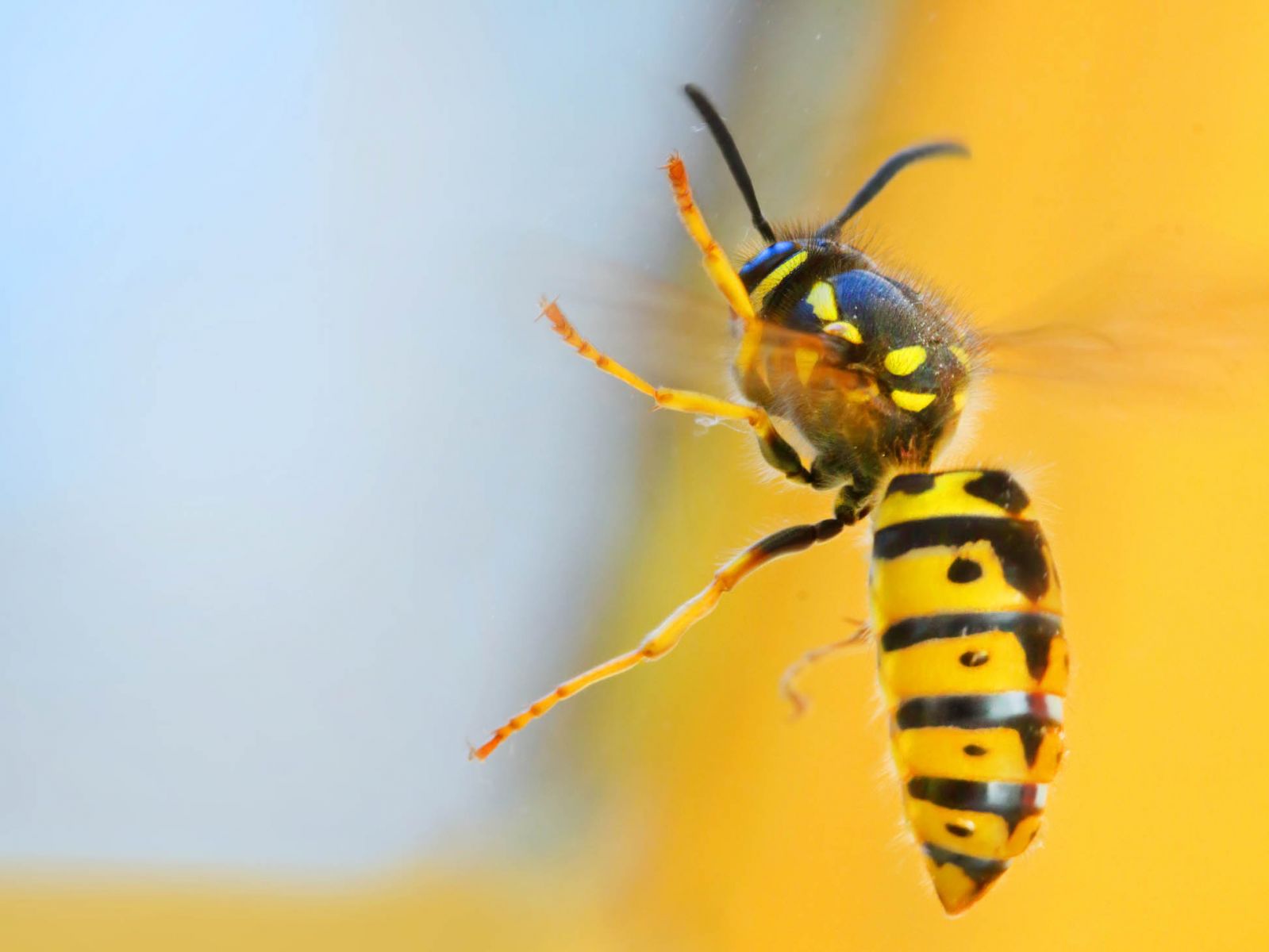
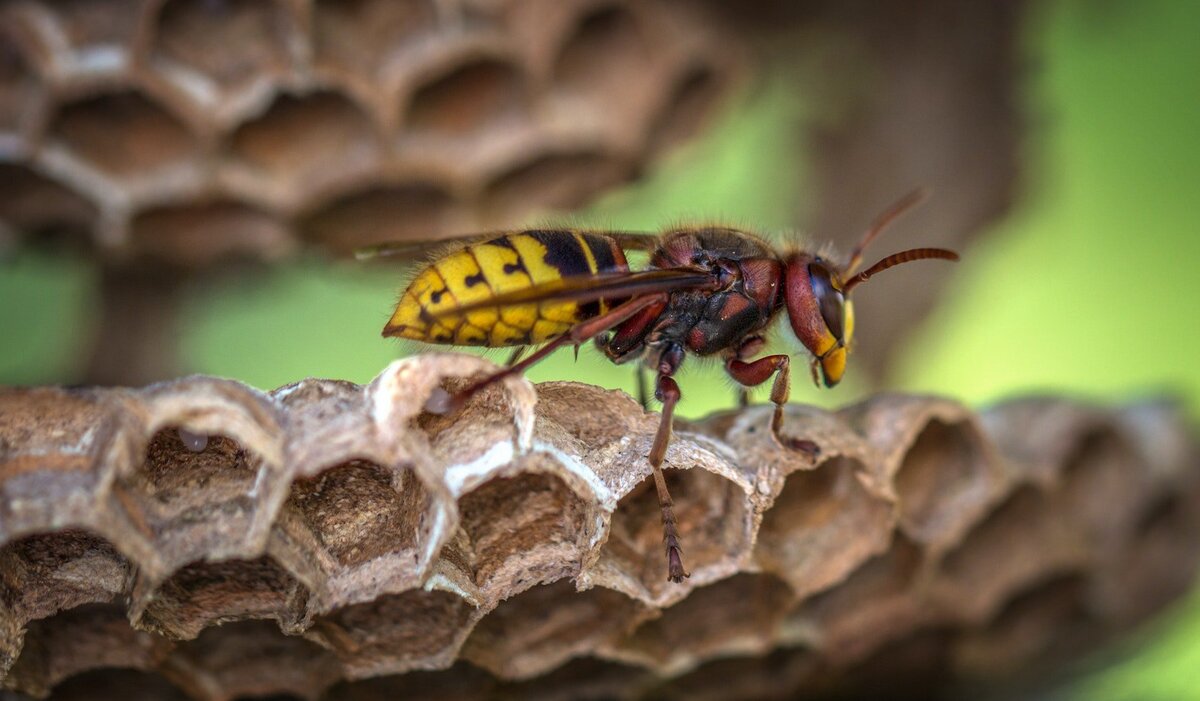
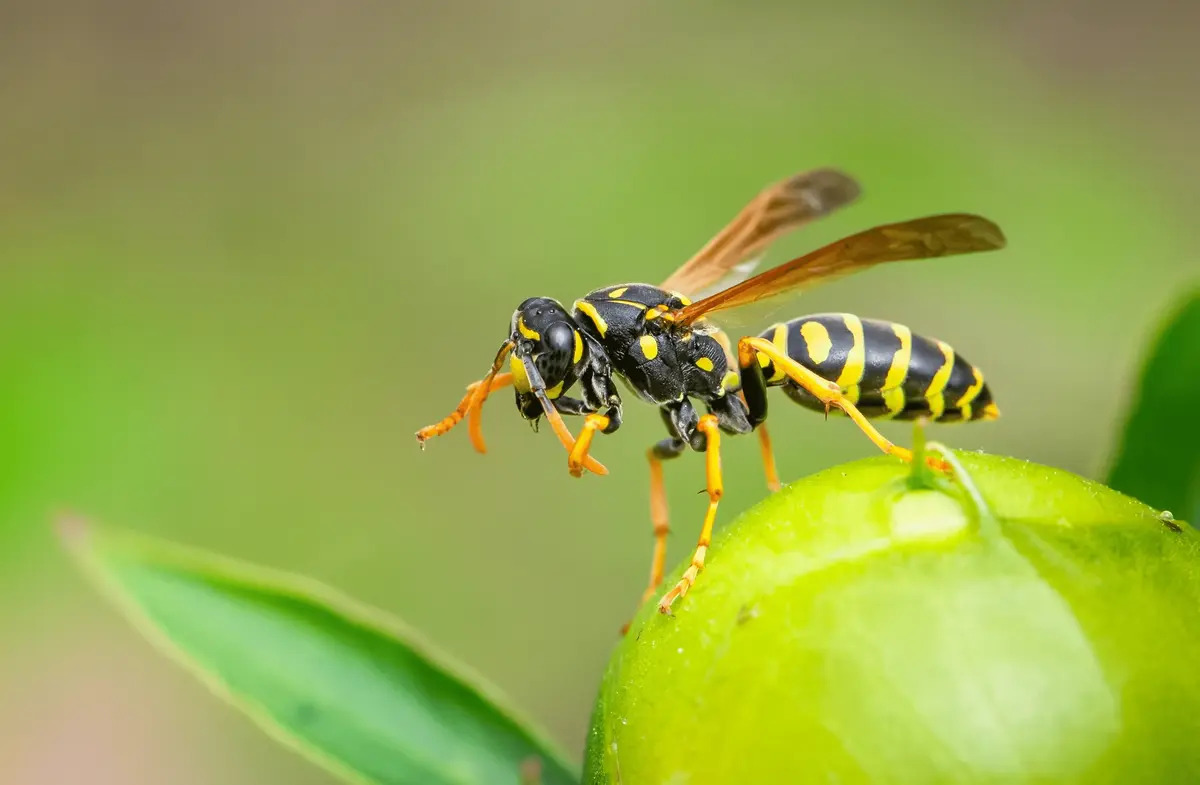
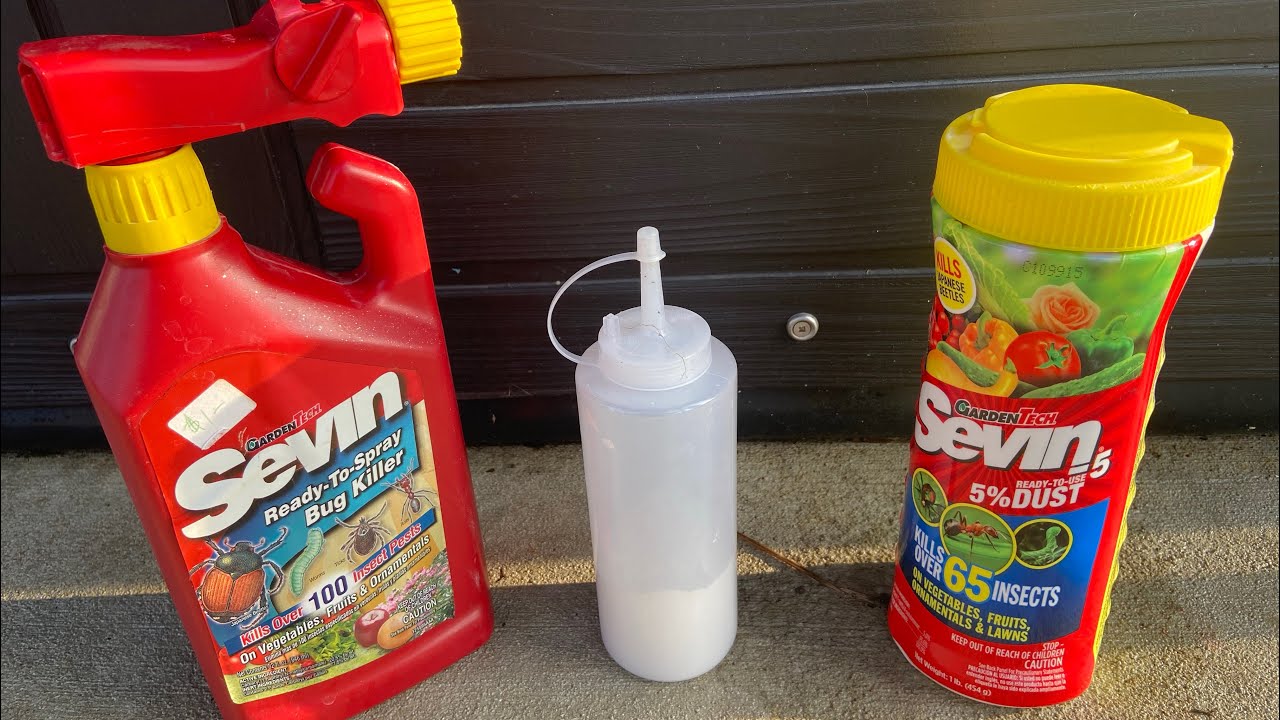
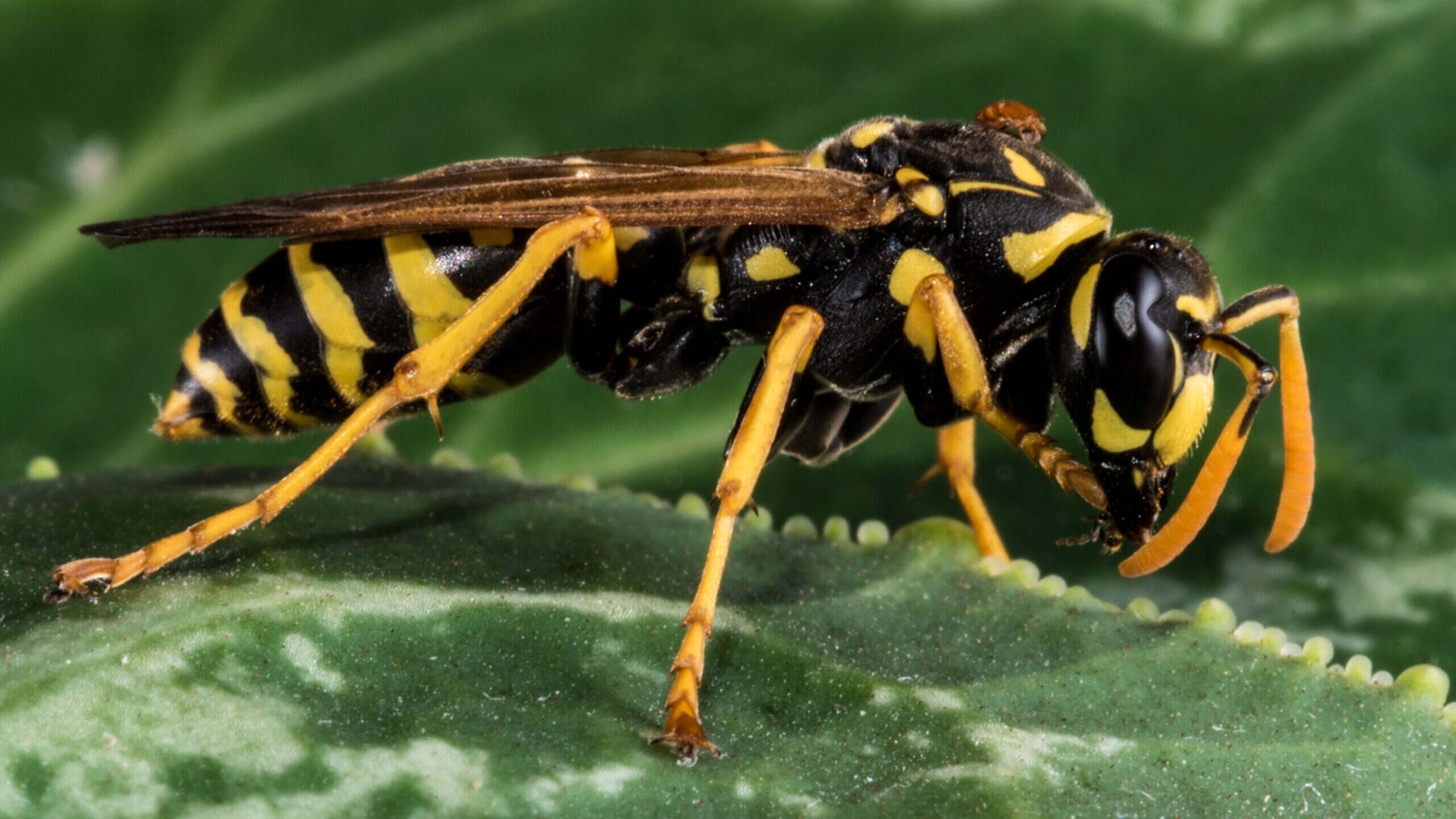
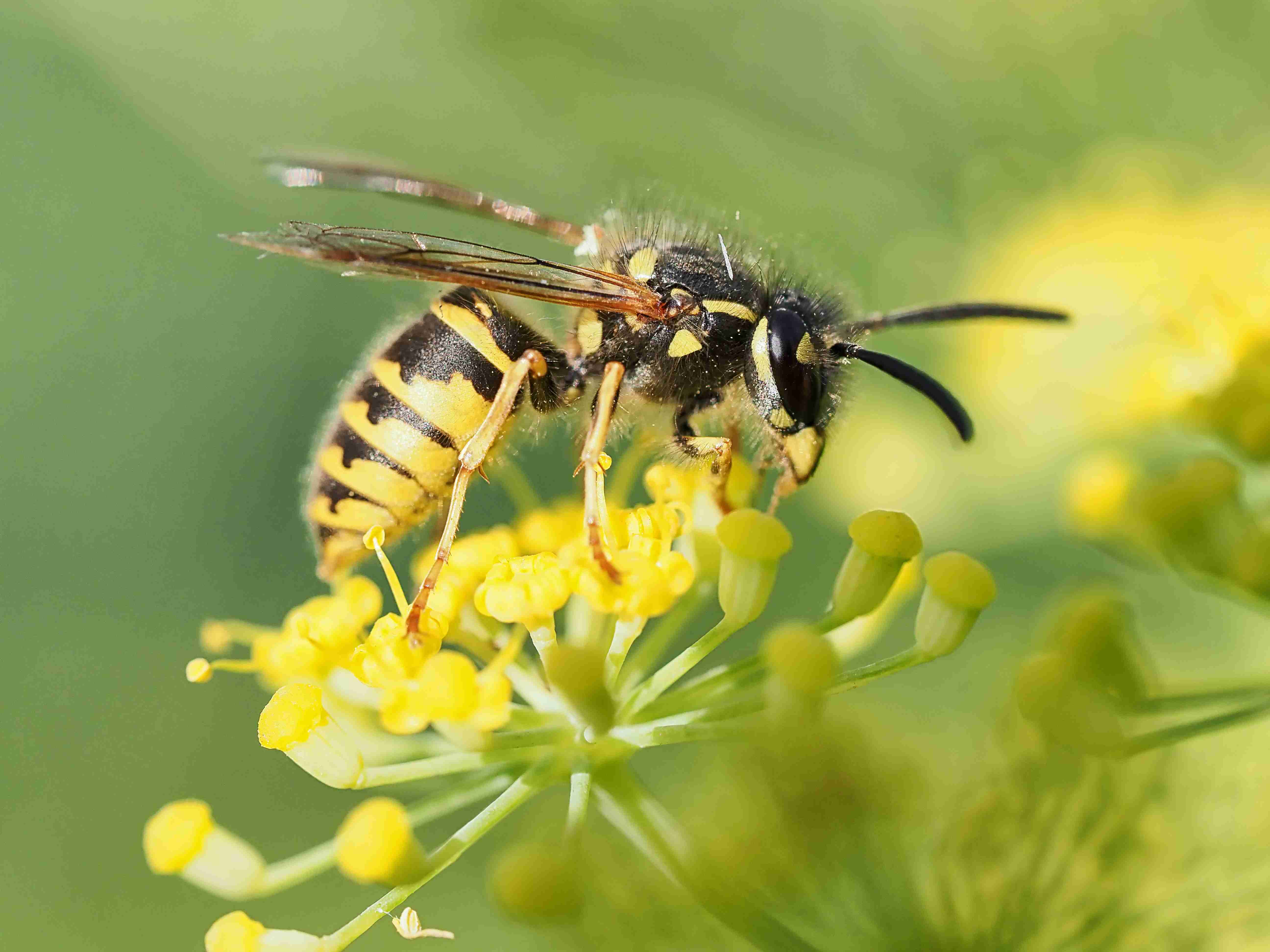

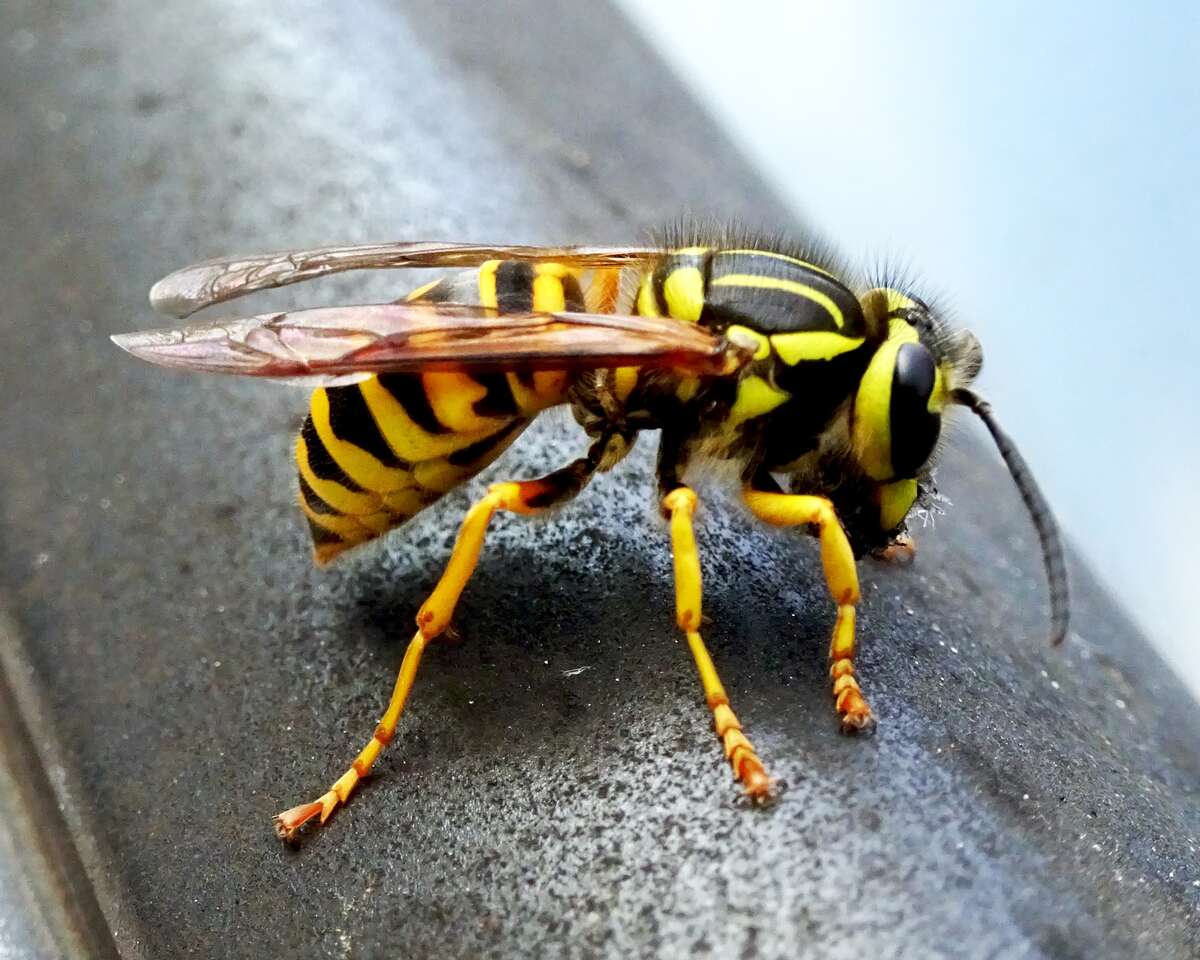
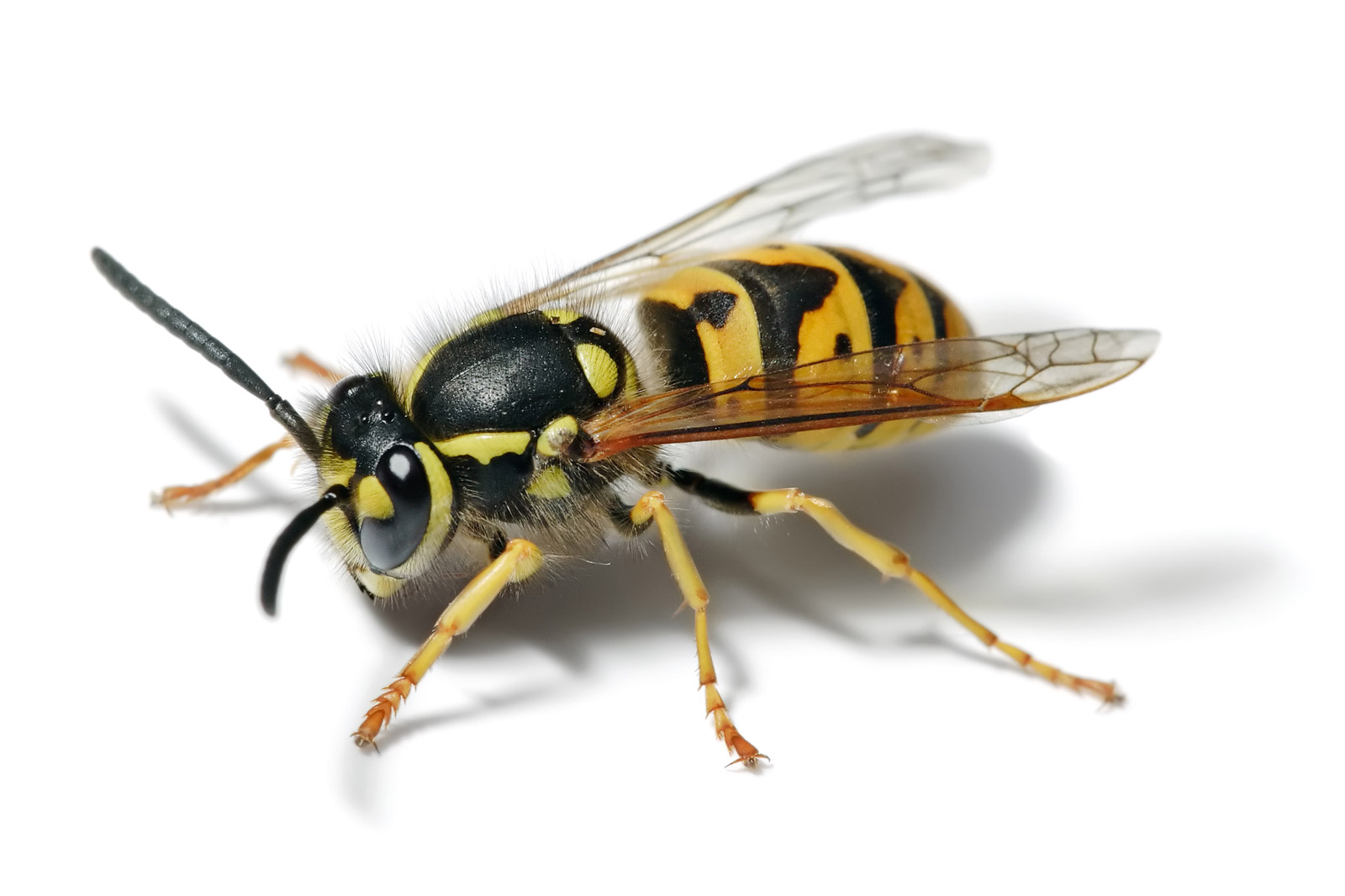
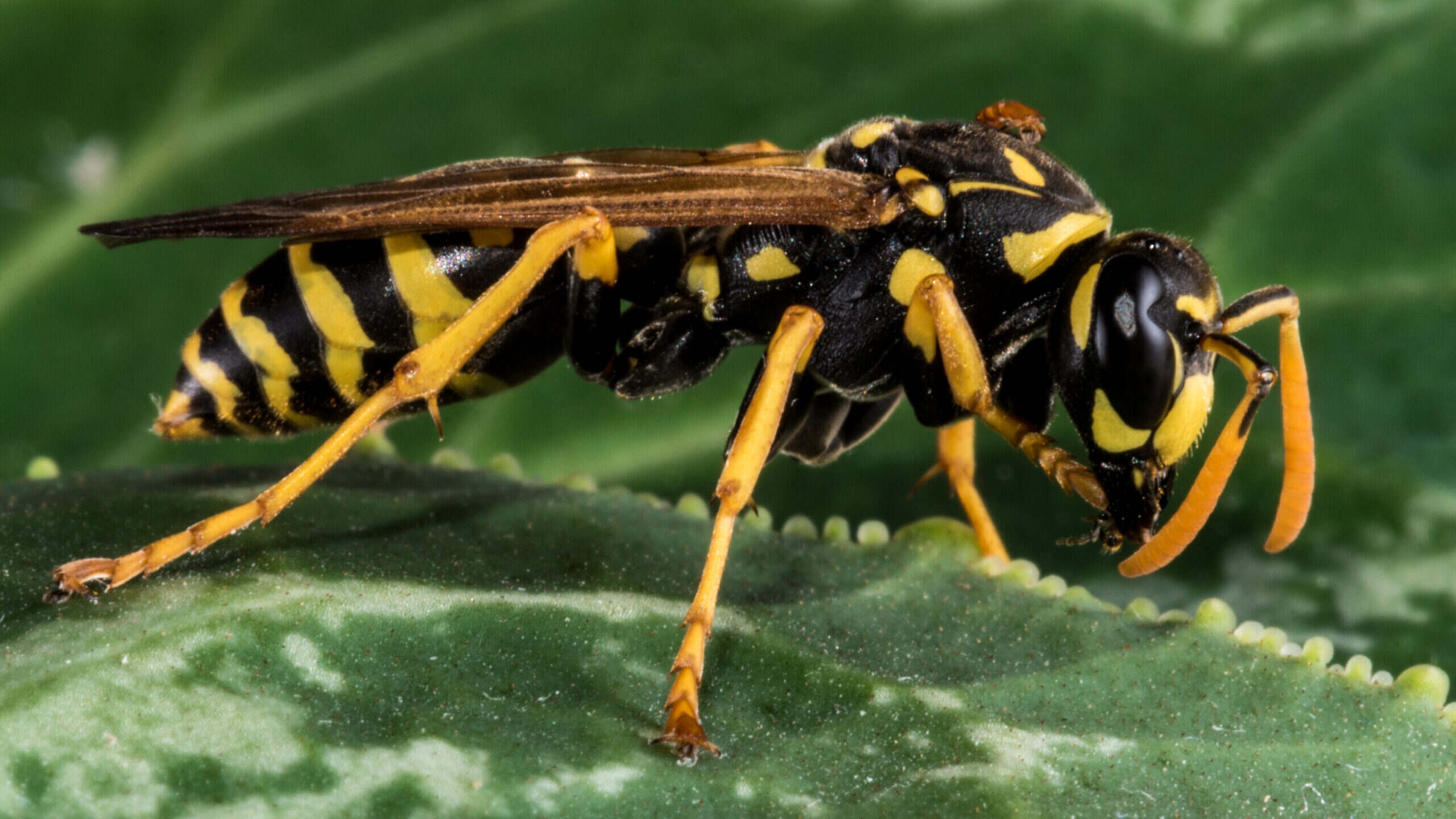
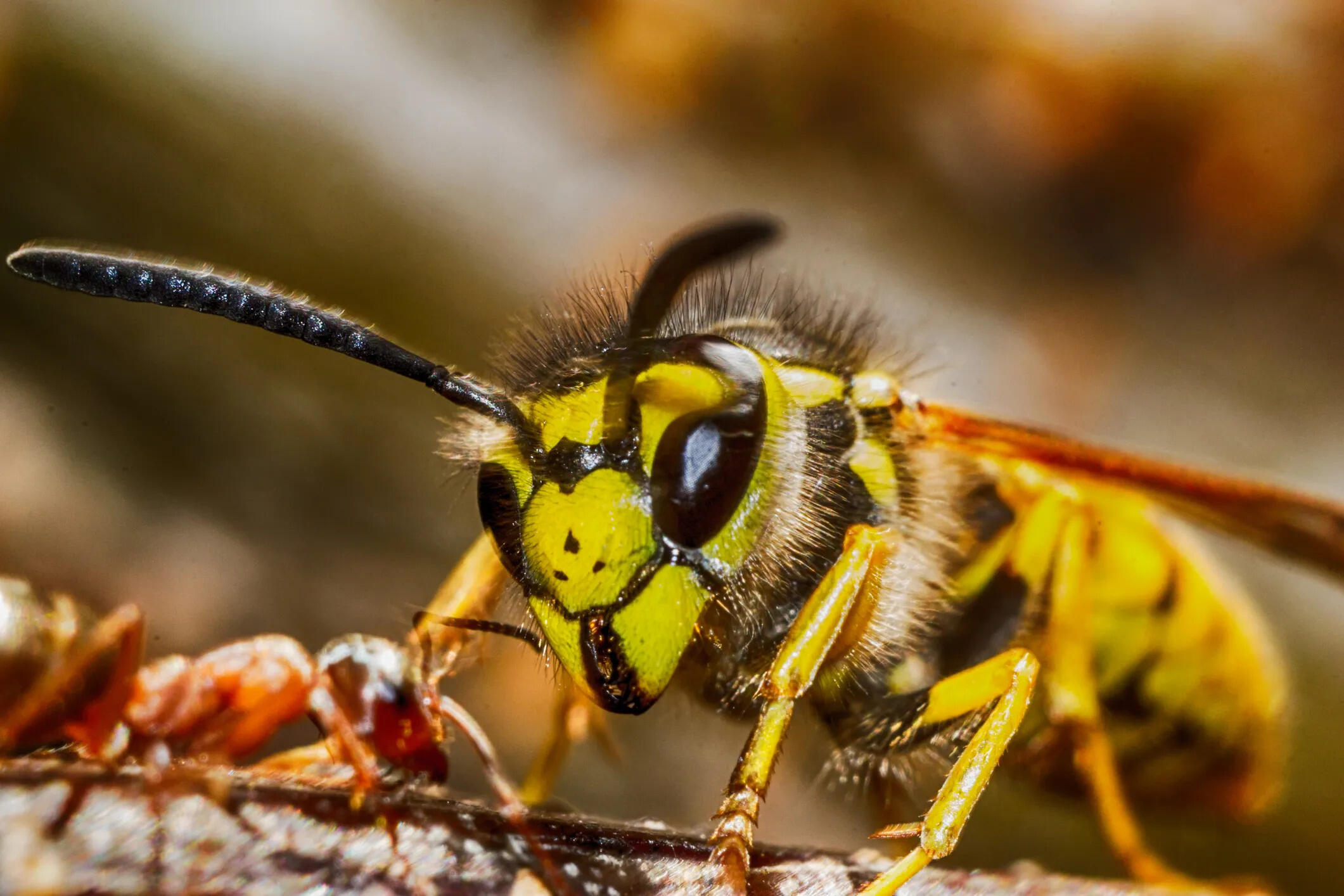
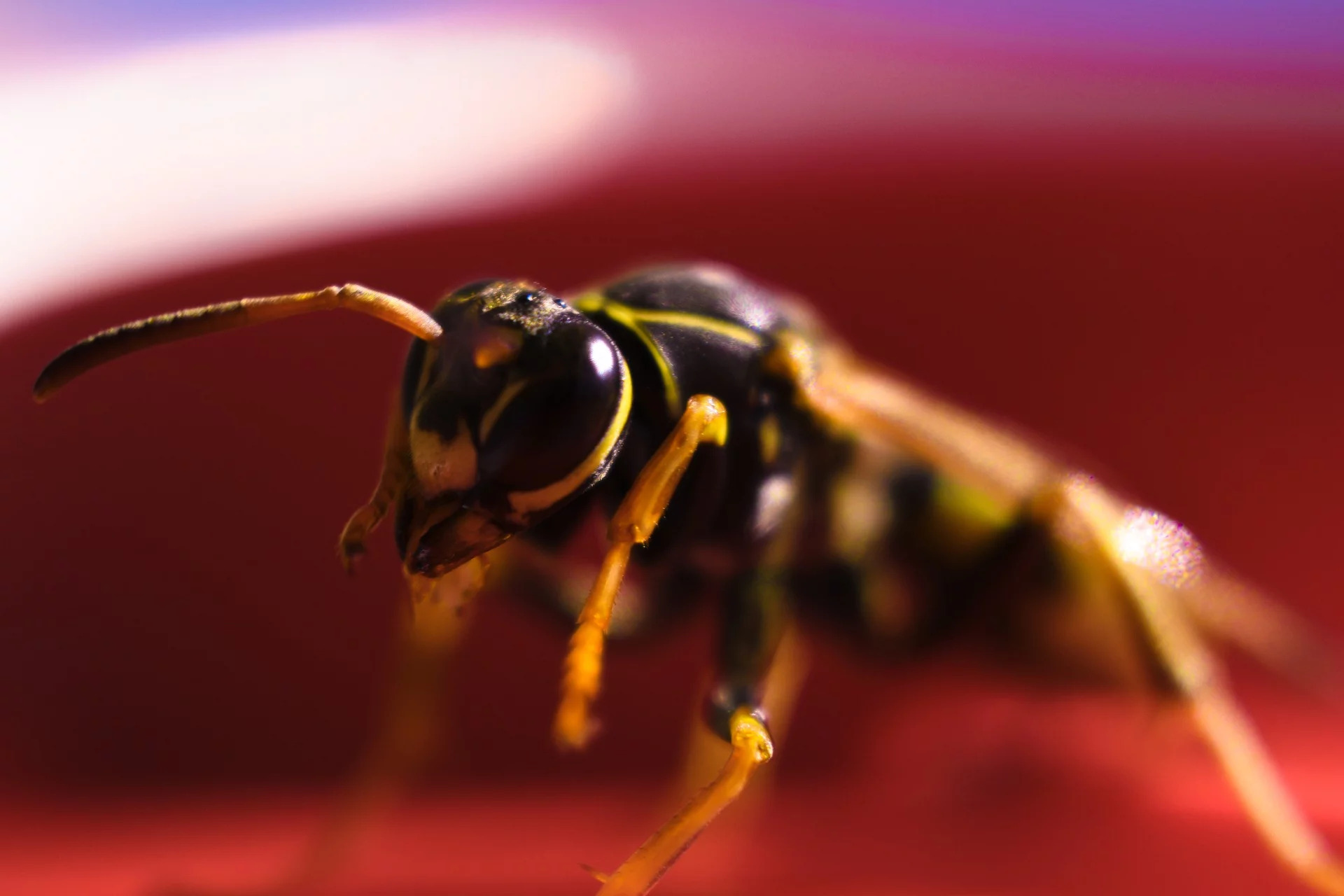
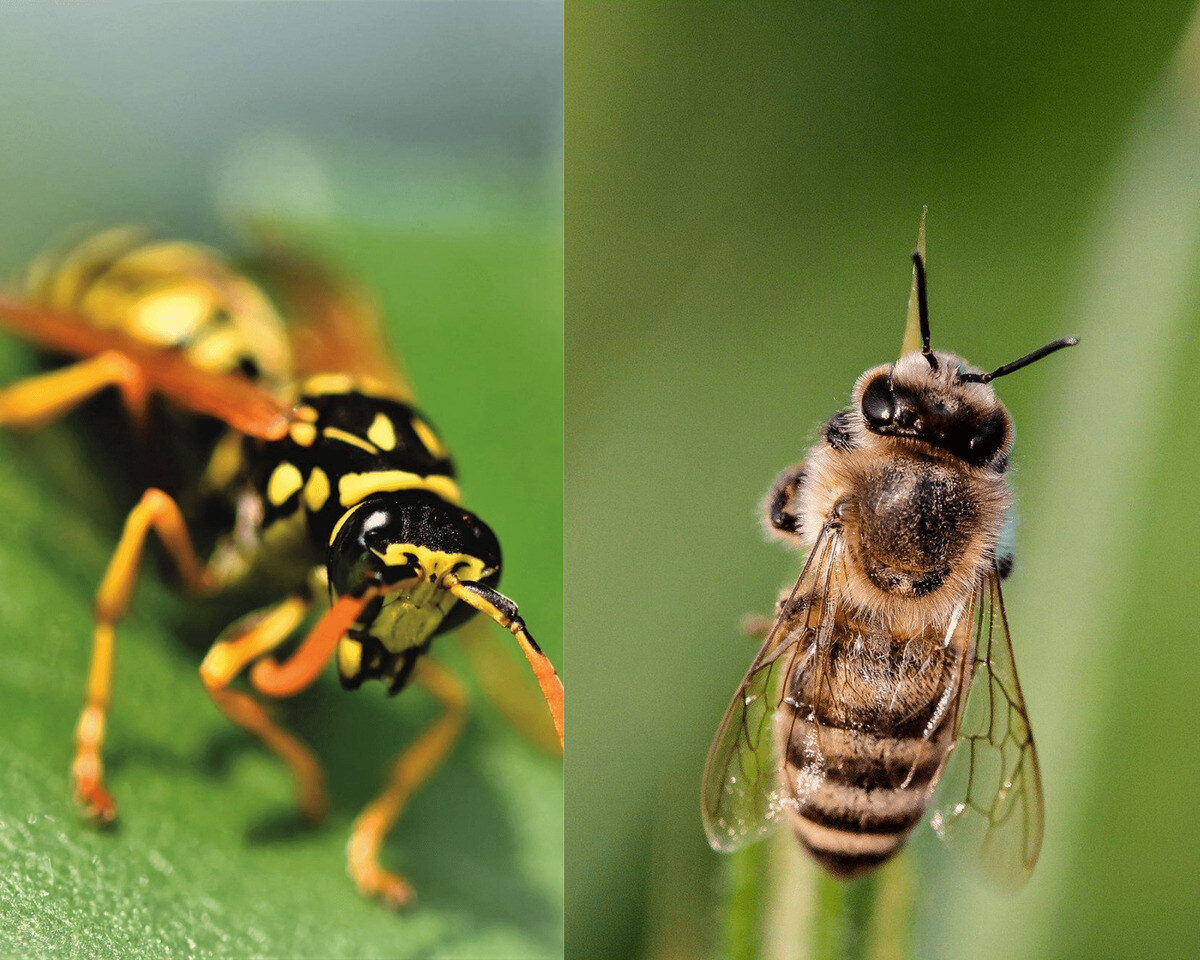
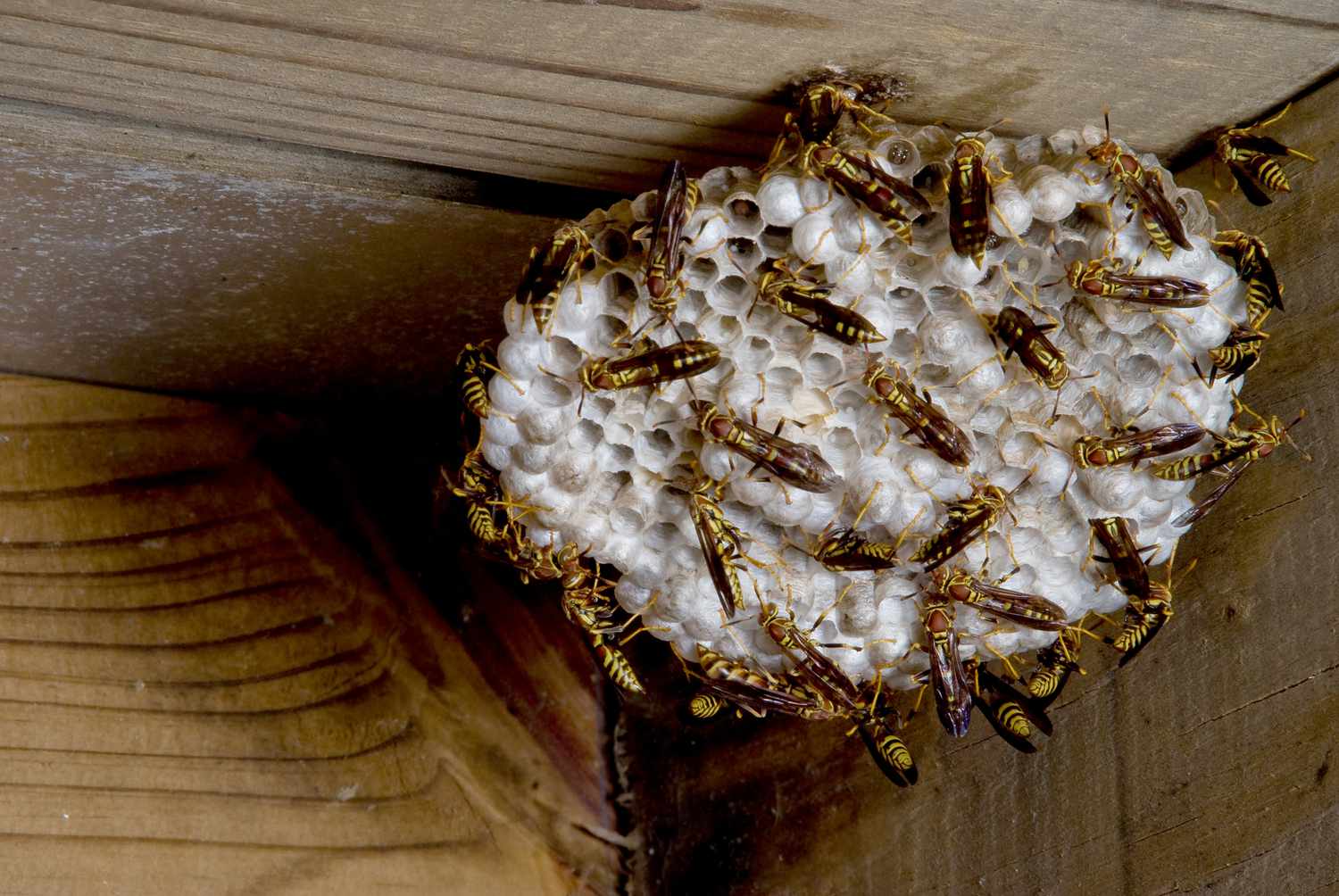
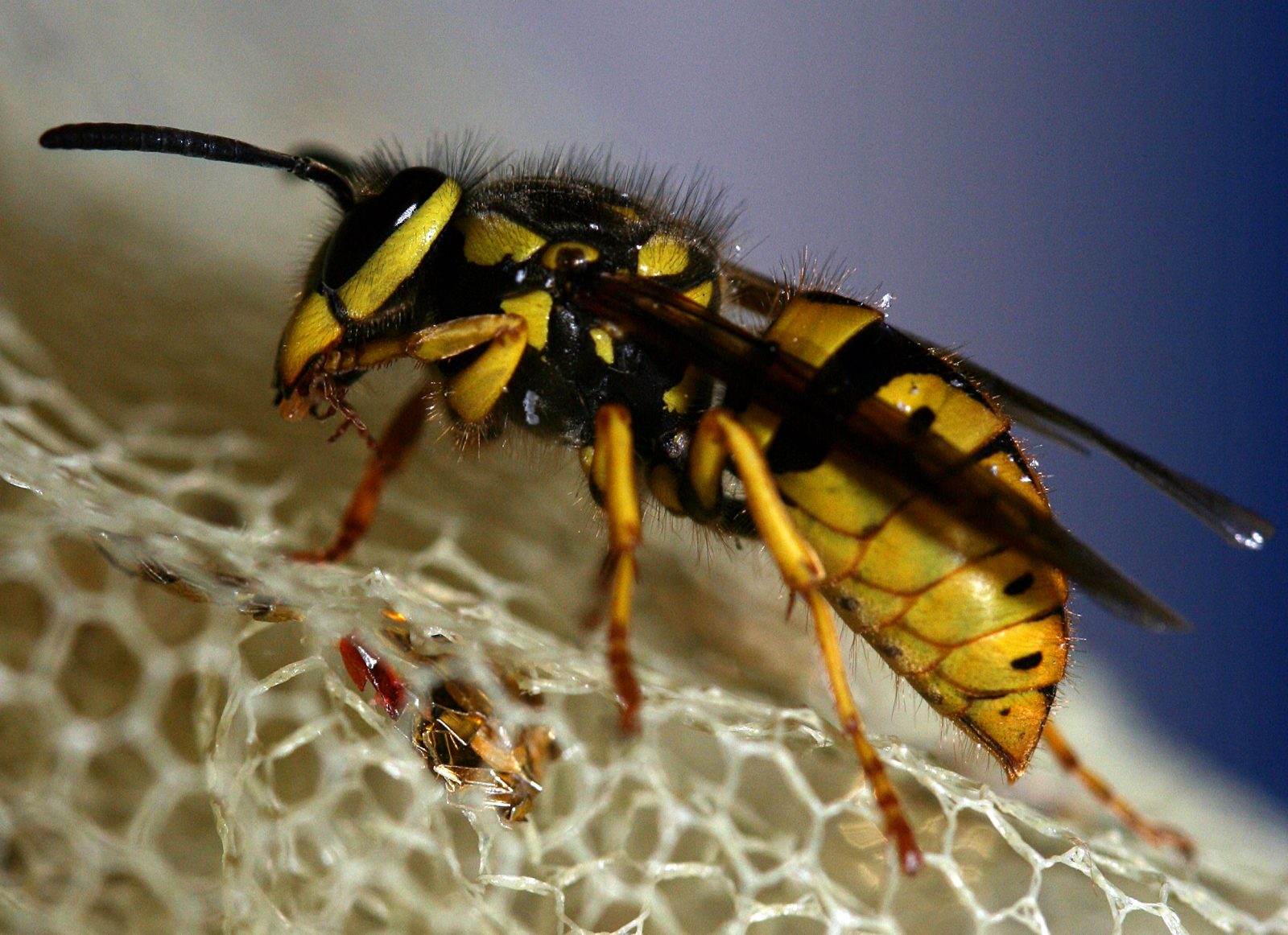

0 thoughts on “What Are Yellow Jackets Good For”